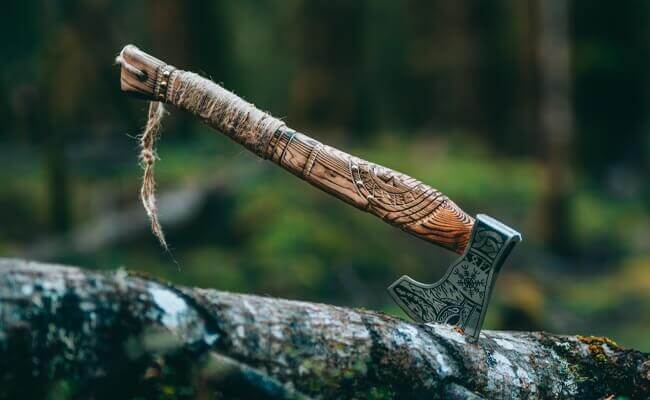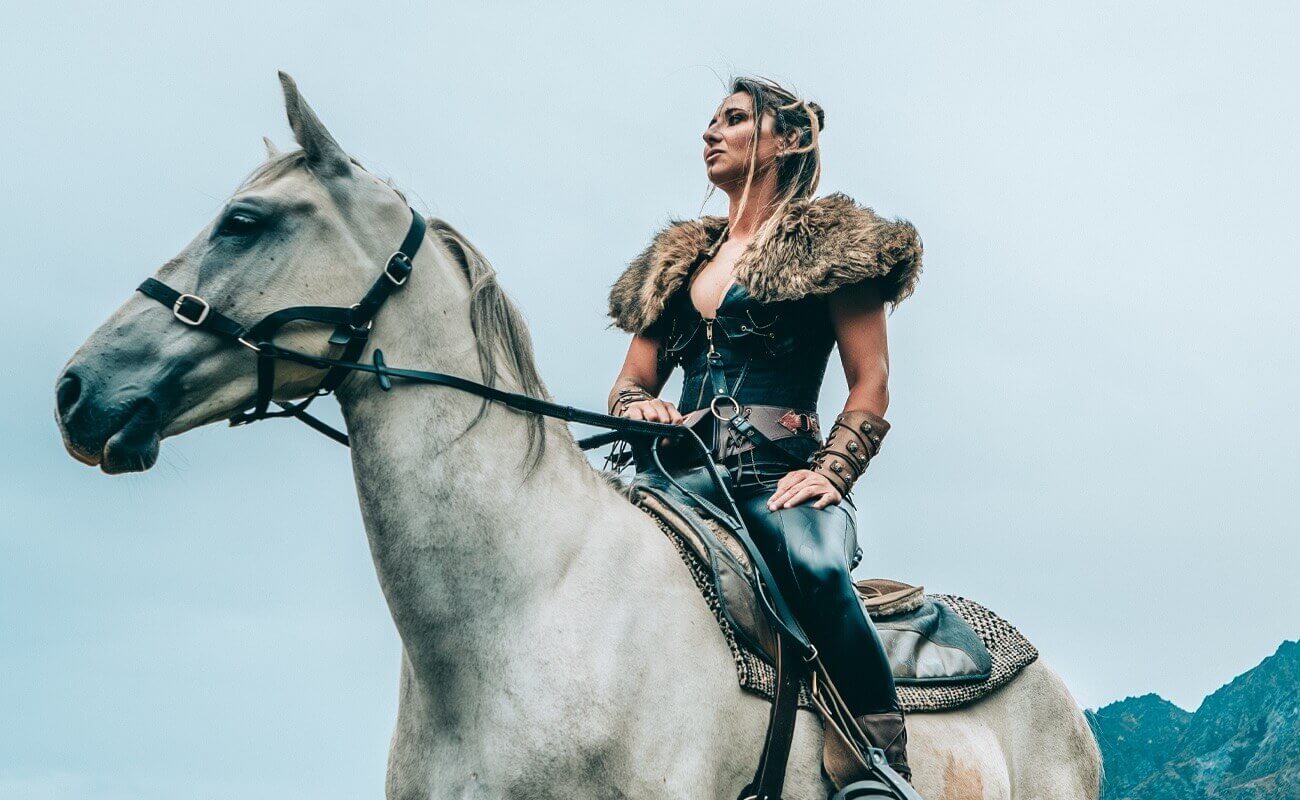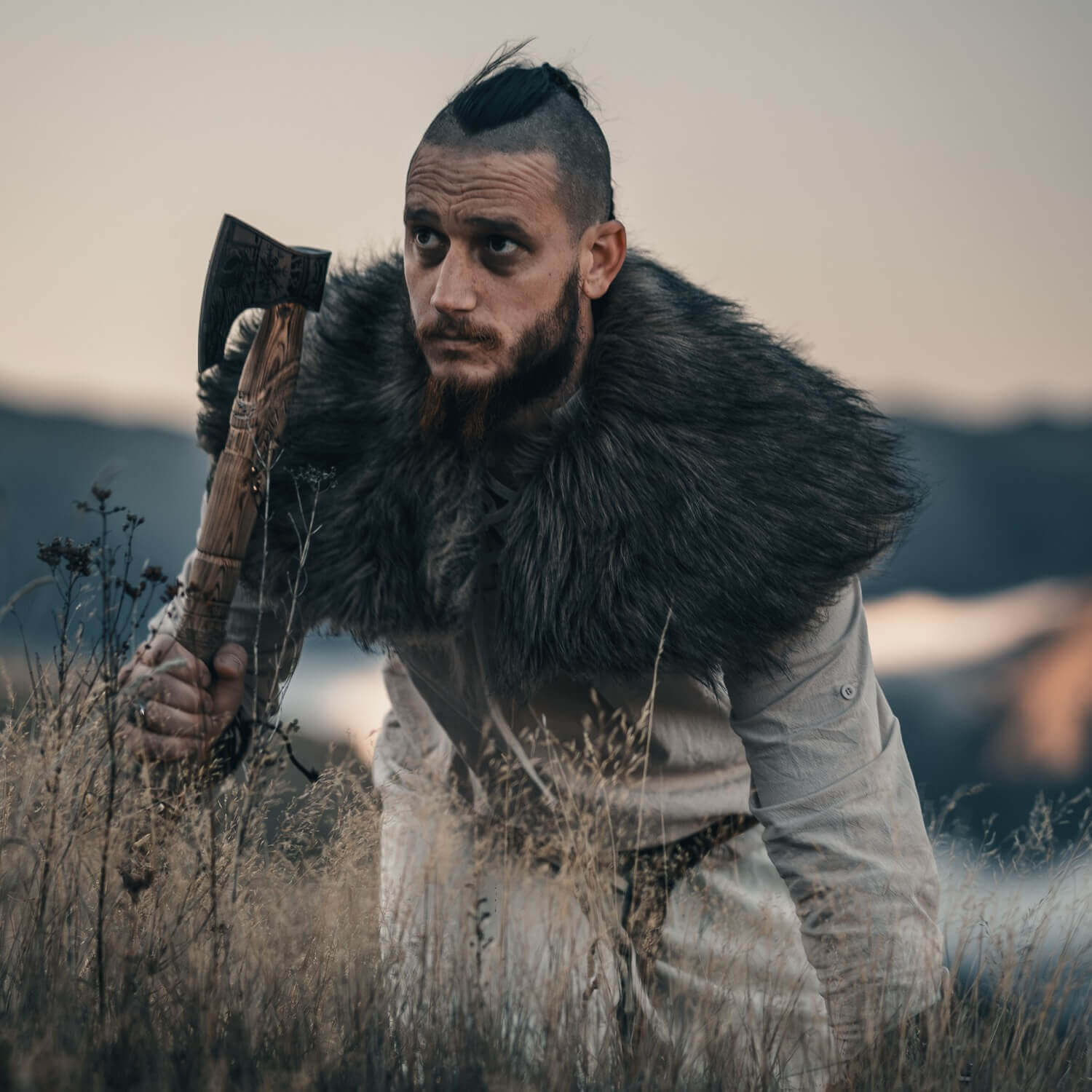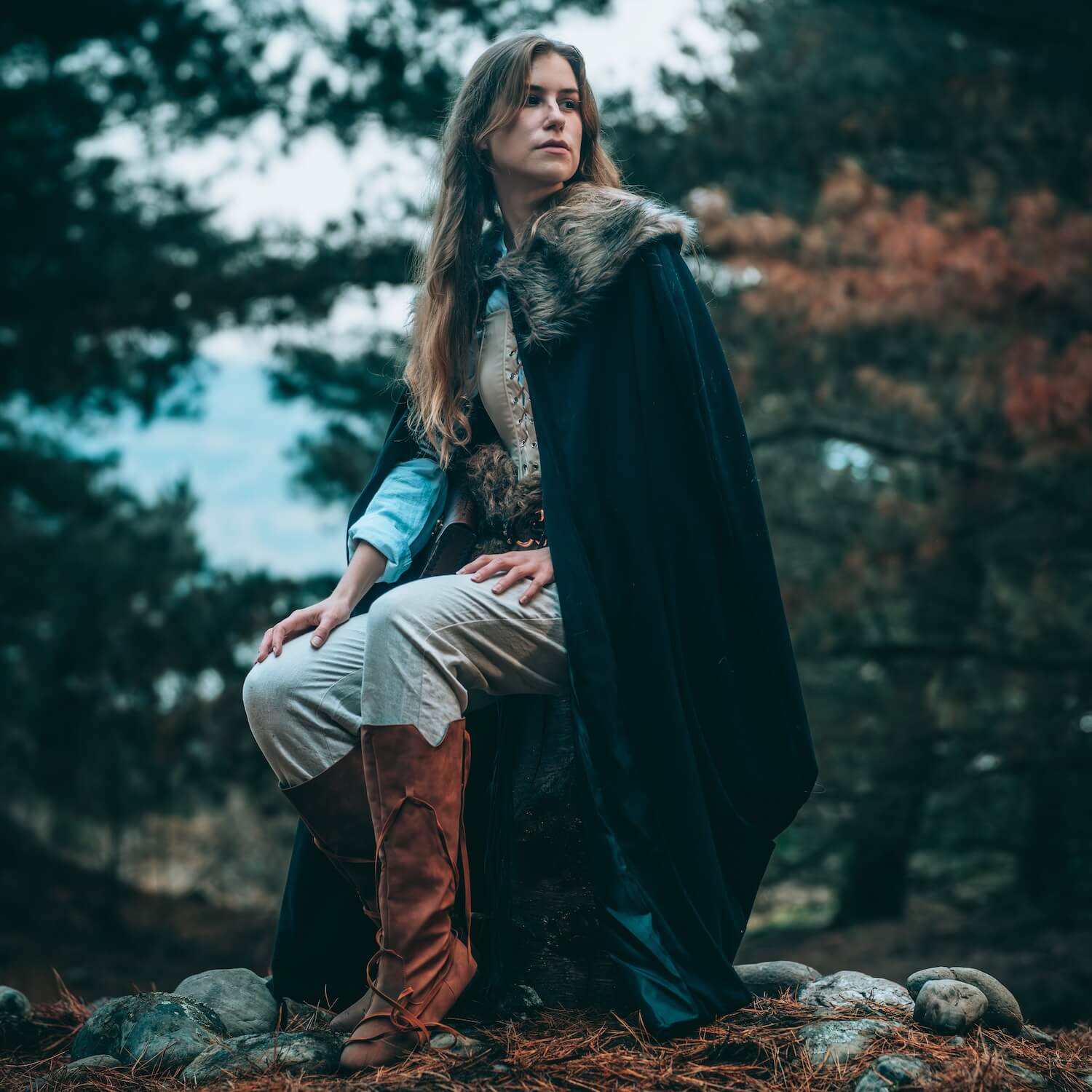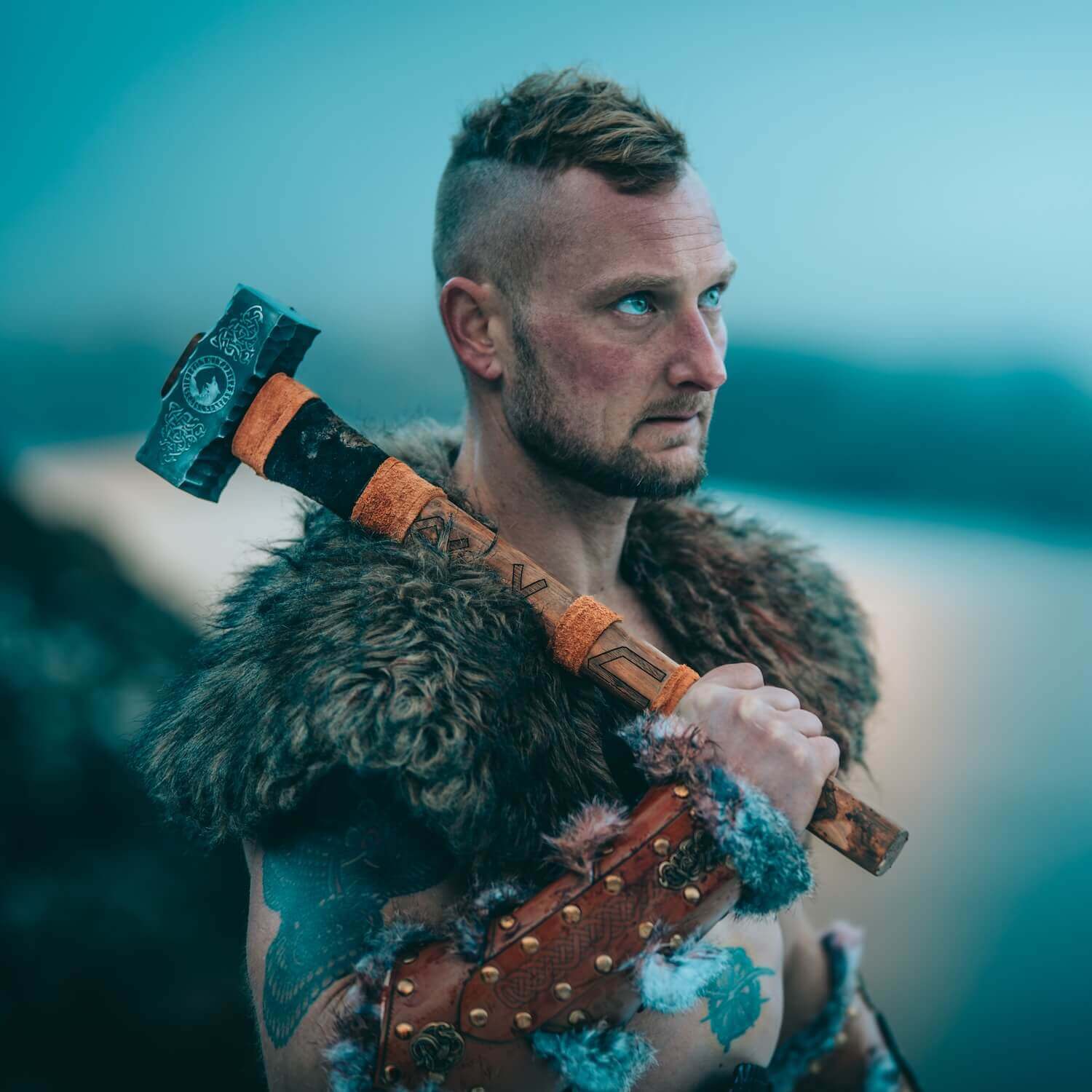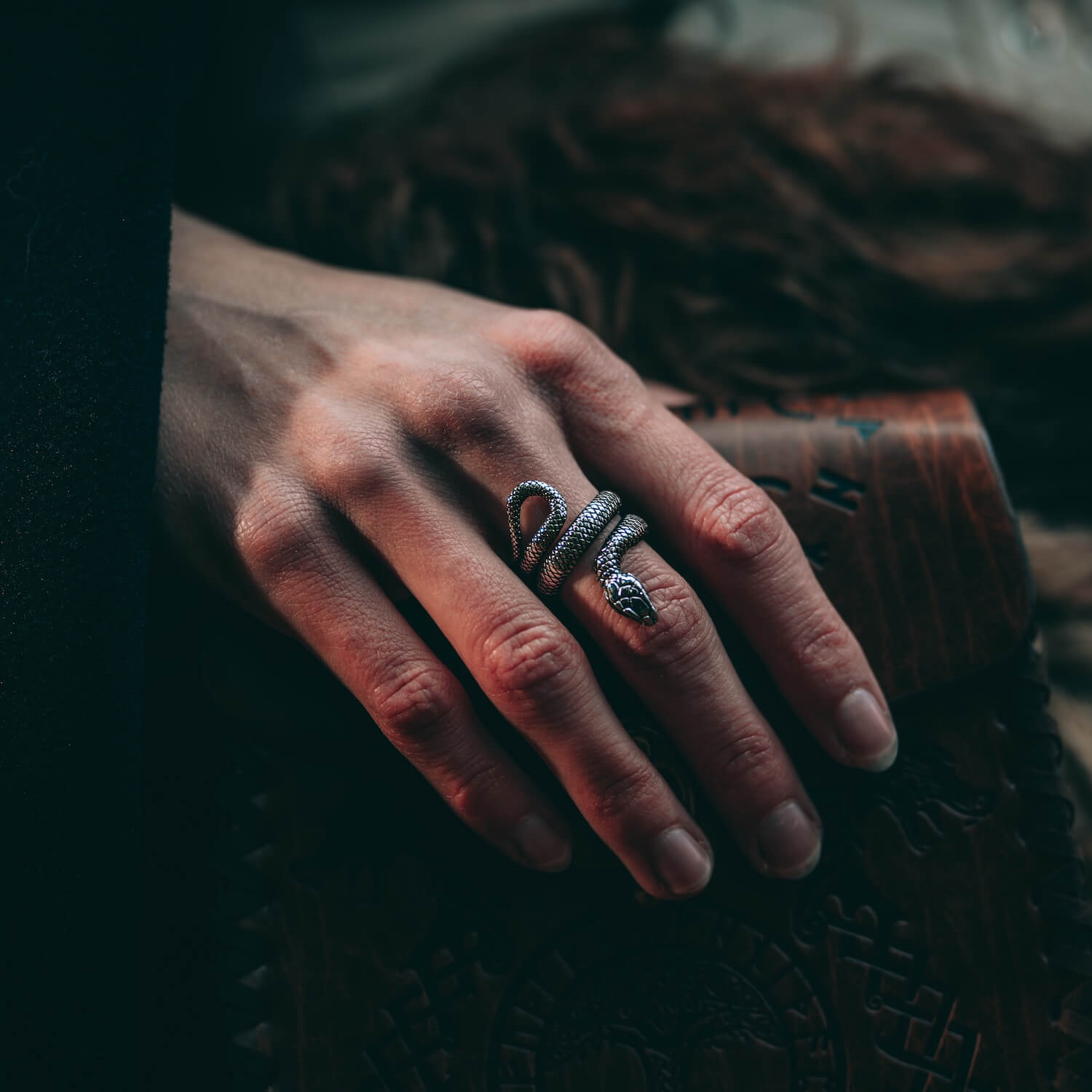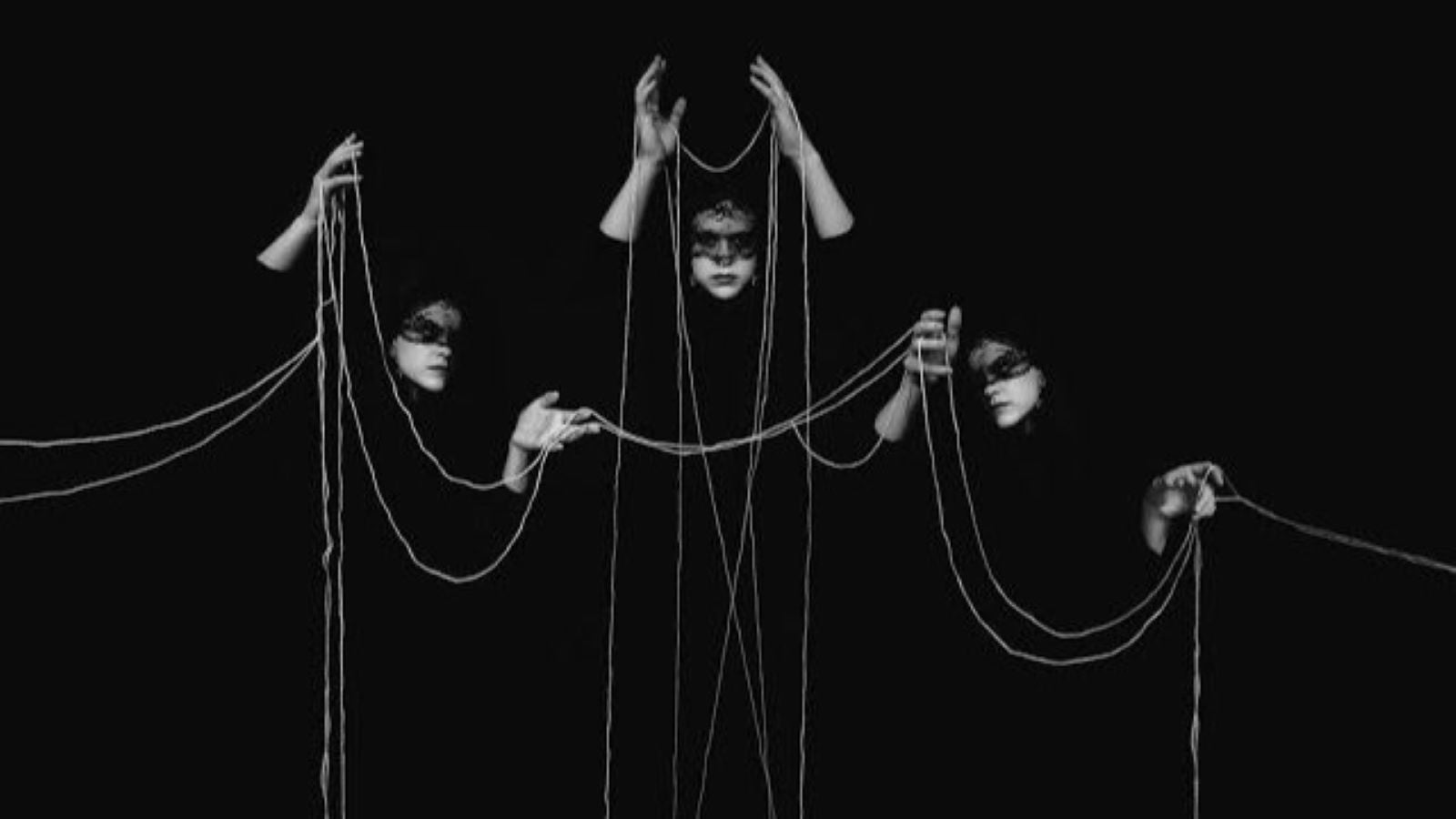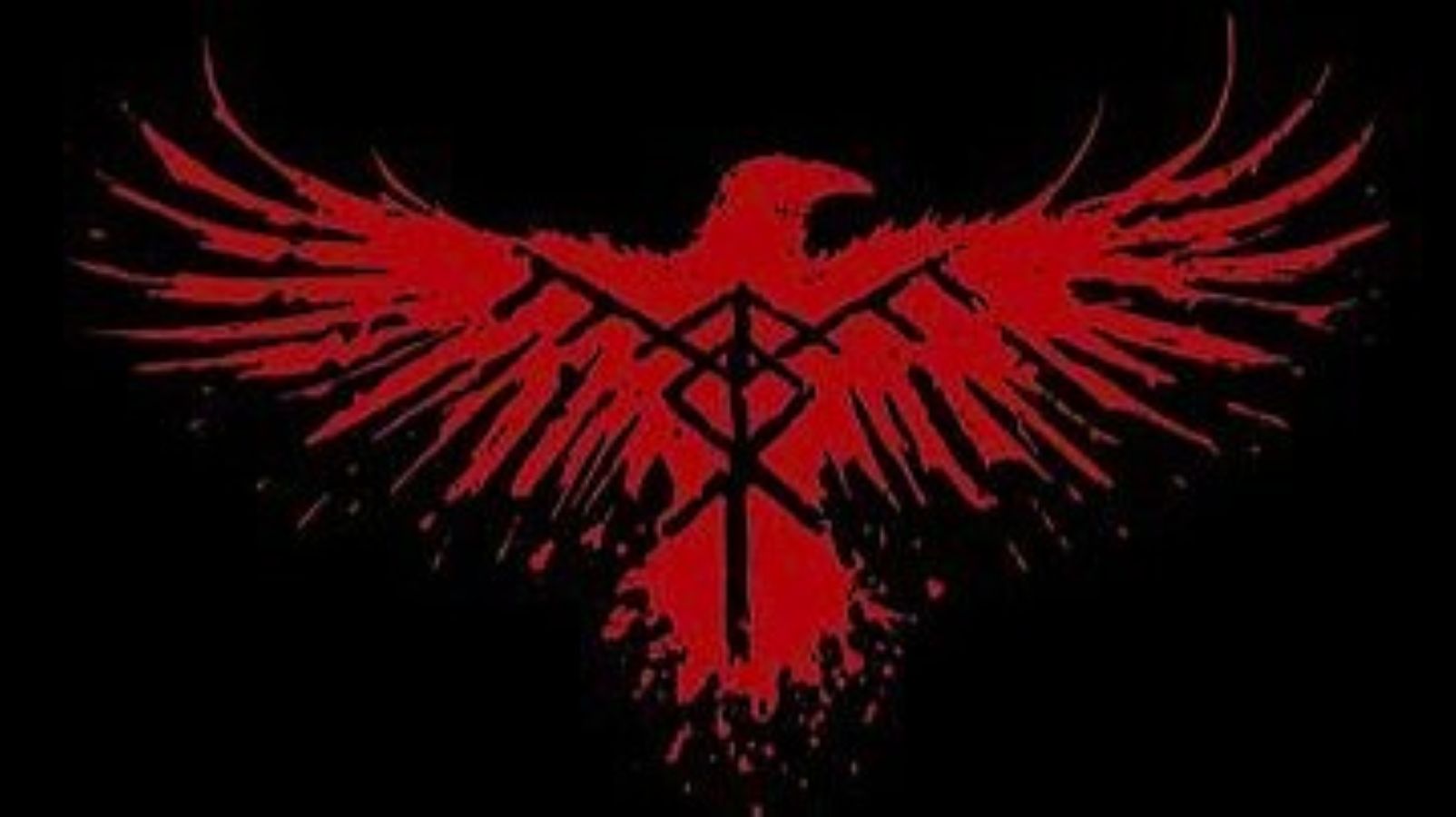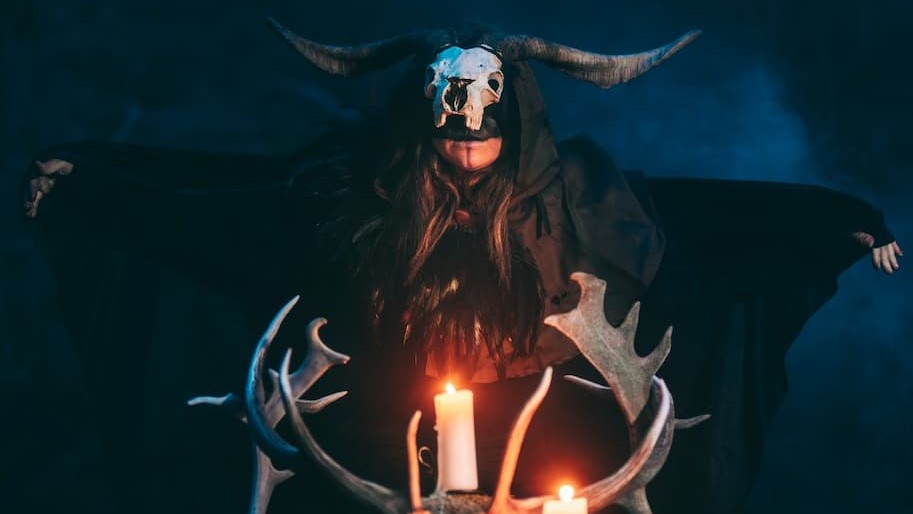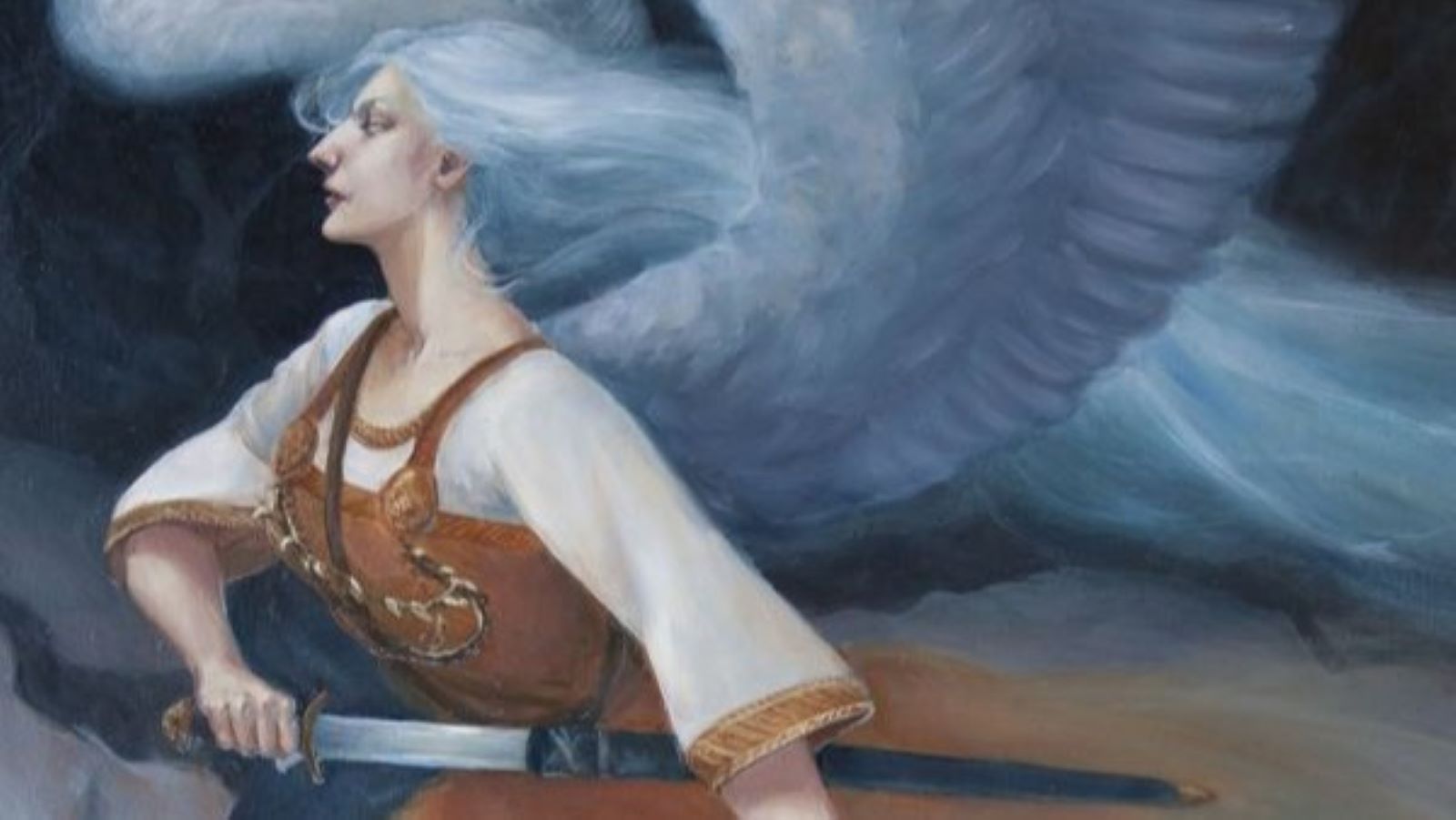
The Enigmatic Valkyries: Guardians of the Fallen in Norse Mythology
In Norse culture, Valkyries stand out as some of the most fascinating and formidable figures. These warrior maidens, serving under the god Odin, embody themes of bravery, fate, and divine protection. Let’s delve into the world of the Valkyries, exploring their origins, roles, and enduring legacy.
The term "Valkyrie" is derived from the Old Norse word "valkyrja," which means "chooser of the slain." According to myth, Valkyries are daughters of Odin, the Allfather, and possess both divine and mortal characteristics. They are often depicted as beautiful, fierce women with the power to influence the outcomes of battles and determine who would live and who would die.
Roles and Responsibilities
Choosers of the Slain:
The primary role of the Valkyries is to select the bravest warriors who die in battle and escort their souls to Valhalla, Odin's hall of the slain. These warriors, known as the Einherjar, are chosen for their courage and valor. In Valhalla, they prepare for Ragnarok, the apocalyptic battle that will determine the fate of the gods and the world.
Guides to Valhalla:
Valkyries ride through the skies on their majestic steeds, often depicted as flying horses or wolves, to reach the battlefield. Once they have chosen the fallen warriors, they lead their souls to Valhalla. Here, the warriors are honored with feasts and endless battles, honing their skills for the final confrontation during Ragnarok.
Servants and Companions of the Gods
In addition to their battlefield duties, Valkyries also serve as attendants to the gods in Valhalla. They are known to bring mead and ale to the Einherjar during their nightly feasts, symbolizing their role as caretakers and protectors.
Depictions of Valkyries
Valkyries are often depicted as strikingly beautiful and strong women clad in armor, carrying spears and shields. They are sometimes shown wearing winged helmets and riding winged horses, emphasizing their divine nature and their connection to both the earthly and celestial realms.
Art and Literature
In Norse sagas and Eddic poetry, Valkyries are portrayed as both fearsome and enchanting. They appear in works such as the "Poetic Edda" and the "Prose Edda," where their roles and characteristics are vividly described. In these texts, they are not only warriors but also weavers of fate, controlling the destiny of men and gods alike.
Modern Interpretations
In contemporary culture, Valkyries continue to captivate the imagination. They appear in various forms of media, including literature, films, and video games, often depicted as symbols of strength, independence, and protection. Their enduring appeal lies in their complex nature—both nurturing and martial, divine and mortal.
Valkyries embody several key themes in Norse mythology:
As choosers of the slain, Valkyries represent the highest ideals of bravery and heroism. They honor those who exhibit exceptional courage on the battlefield, making them symbols of martial excellence.
Valkyries have also the power to determine the outcome of battles and the fate of warriors, linking them to the concept of fate in Norse belief. Their decisions are seen as divine will, reinforcing the idea that the gods control the destiny of humans.
By guiding fallen warriors to Valhalla, Valkyries act as protectors and guides, ensuring that the bravest souls receive the honor they deserve in the afterlife. This protective role highlights their nurturing side, balancing their fierce warrior aspect.
Valkyries, with their dual roles as warriors and protectors, hold a unique place in Norse mythology. Their ability to influence fate, honor bravery, and serve the gods makes them powerful symbols of courage, destiny, and divine intervention. As we continue to explore and reinterpret their stories, Valkyries remain timeless figures, embodying the enduring spirit of the Norse warrior ethos.

